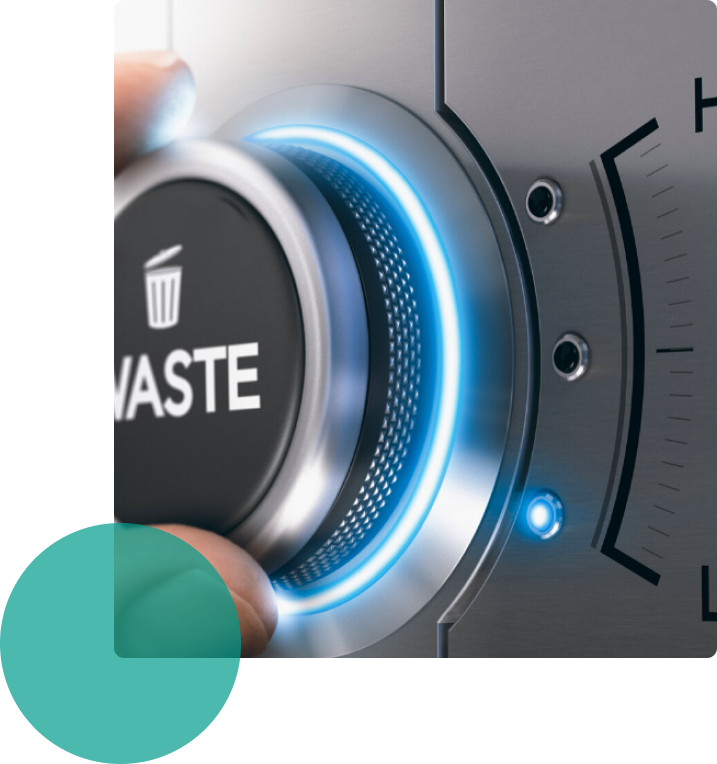Overview

Construction consumes more than 3 billion tons of raw materials globally each year. Adopting circular economy principles can help reduce waste and save more than $100 billion per year by improving construction productivity.

According to the US Environmental Protection Agency, United States generated 534 million tons of construction and demolition materials in 2014. That’s more than twice the amount of solid municipal waste. More than 90% of this C&D materials comes from demolition projects.

Every year, the construction industry sends over 160 million tons of non-industrial waste to American landfills, much of which comes from demolition undertaken before beginning new construction projects. Salvaging as much of this raw material as possible not only cuts down on costs — recycled materials are often less expensive than virgin materials — but reduces the greenhouse gas emissions created when manufacturing materials like construction-grade steel.
From 2002 to 2018




Industry Problems

Environmental impact of CRD (construction, renovation, and demolition) waste.

Unused economic value of construction waste.

Unused economic and environmental value of excess materials.
Solutions for Industry
Helping to create a circular waste industry by stimulating the reuse and recycling of products and materials and diversion of waste from landfills.


Bringing different industry actors together in one place and making reuse and recycling more accessible, simple, and rewarding.
Adding efficiency by connecting businesses for networking and material resource exchange.


Encouraging CRD waste diversion which leads to creating new jobs and generating economic benefits.
User Problems

Lack of knowledge and guidance Reusing and recycling.

Being time-consuming & Complicated Recycling process.
Solutions for user
Saving time to sell or source material by finding a service provider, supplier or partner quickly and easily.


Earn money from selling waste instead of paying for getting rid of it.
Explore networking and business opportunities by joining.


Get a quote/price estimation from waste management/collection partner companies (later - from different service providers joining the marketplace).
Get recommendations with the best solutions for any material.

The GAP
There is currently no functioning nationwide online circular economy marketplace for construction waste trade in Canada.
CRD waste producers and buyers don’t have a comprehensive unified solution for turning waste into income, exchanging value, networking, and sourcing logistical services.
There are online classifieds platforms such as Kijiji, Facebook marketplace, Craigslist, and Used Victoria, which can be used for listing any kind of materials, but these marketplaces are not suitable for B2B trade of CRD waste.
Recyprofity
How it works
Waste Management System
What can get recycled and how?

Concrete: can be broken down and recycled as base course for building driveways and footpaths.
Untreated timber: is used as firewood or mulched. Large pieces can be re-milled and put back to use in construction.
Asphalt paving: is crushed and recycled back into new asphalt for paved roads.
Timber, large dimension lumber: (i.e. lumber longer than 6 ft), plywood, flooring, and molding – can be reused directly.
Metals (i.e. steel, aluminum, copper): can be melted down and reformed into new metal products. They can also be sold for scrap.
Masonry (stonework): for reuse in construction or for crushing to make road bases.
Windows, doors, and roofing (where reusable) for use in other habitations.
Appliances and fixtures, including sinks and baths: for refitting elsewhere.
Cardboard and paper: for pulping.
Plastic: can be recycled and used to make roofing tiles, concrete, indoor insulation, structural lumber, PVC windows, bricks, fences, floor tiles, carpenting, and ceiling tiles.
Value Proposition
The only Canada-wide digital B2B marketplace connecting businesses to make profit from construction waste and benefit the environment.






